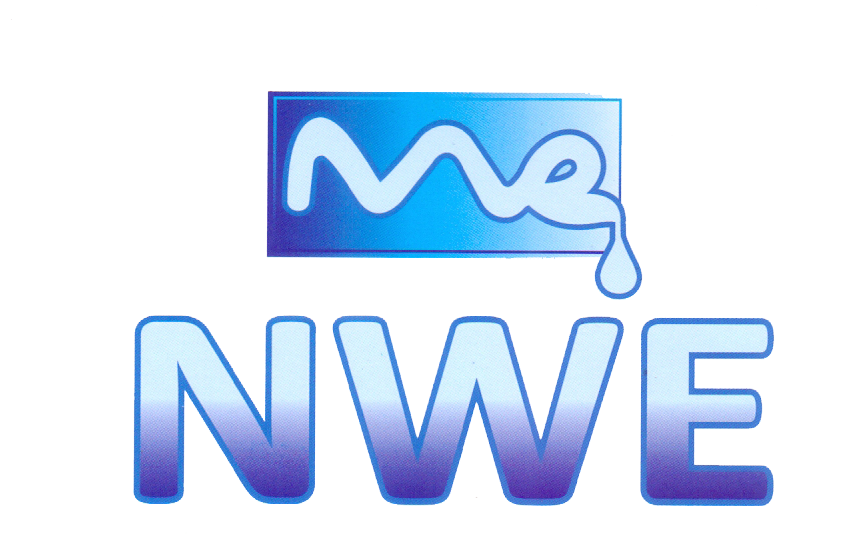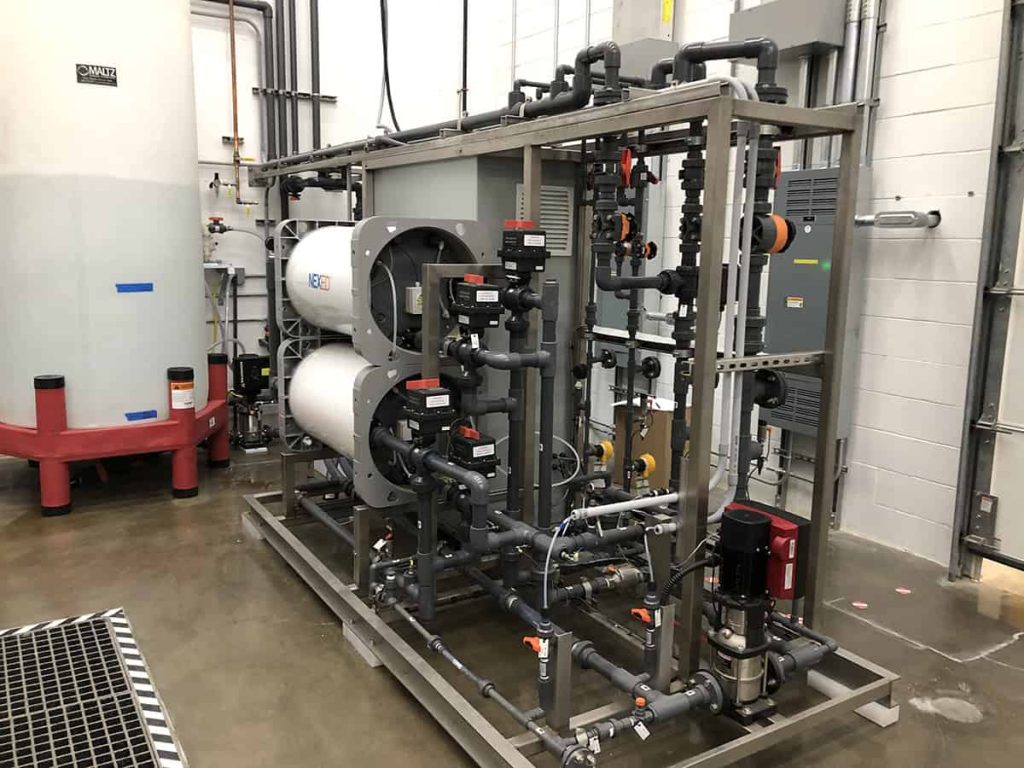
Phone Number
021-35893018
0315-2950000
Send Your Mail
info@nwepk.org

021-35893018
0315-2950000
info@nwepk.org

Electrodeionization (EDI) – Electrodialysis Reversal Systems (EDR) is a continuous, self-regenerating process for producing high purity water. EDI – EDDR is the combination of two ion removal technologies, electrodialysis (ED) and ion exchange resins, to provide highly efficient ion removal on a continuous basis. The essential components of an EDI system are:
NWE generally uses EDI – EDR when high quality product water is required, and feed water is available which has already been treated to remove suspended and dissolved solids.
EDI is an advanced water treatment process based on electrodialysis (ED). Electrodialysis works based on the principles governing the behavior of an ionic solution when it is subject to direct current potential (DC).
EDR treat high TDS waters including brackish water and RO concentrate waste water, blow down water and sequential batch reactor (SBR) effluent and oil and gas field produced water.
Utilizing concentrate recycle, typical recoveries are 85-95%.
An EDI system is created from an ED system by addition of mixed bed ion exchange resins into the feed (demineralizing/product) compartments. The transfer of ions from the feed water thus becomes a two-stage process, ions are first captured on the resin, and then migrate through the resin and the membranes to the concentrating channel.
Periodic cleaning of the EDI system is usually required to remove scale, and sometimes to remove organic materials or other foulants. This cleaning is achieved by circulating chemical solutions through the stack(s) using the Clean In Place (CIP) system.

Designed By Web Links
Copyright © 2022. All rights reserved. NATIONAL WATER ENGINEERIN